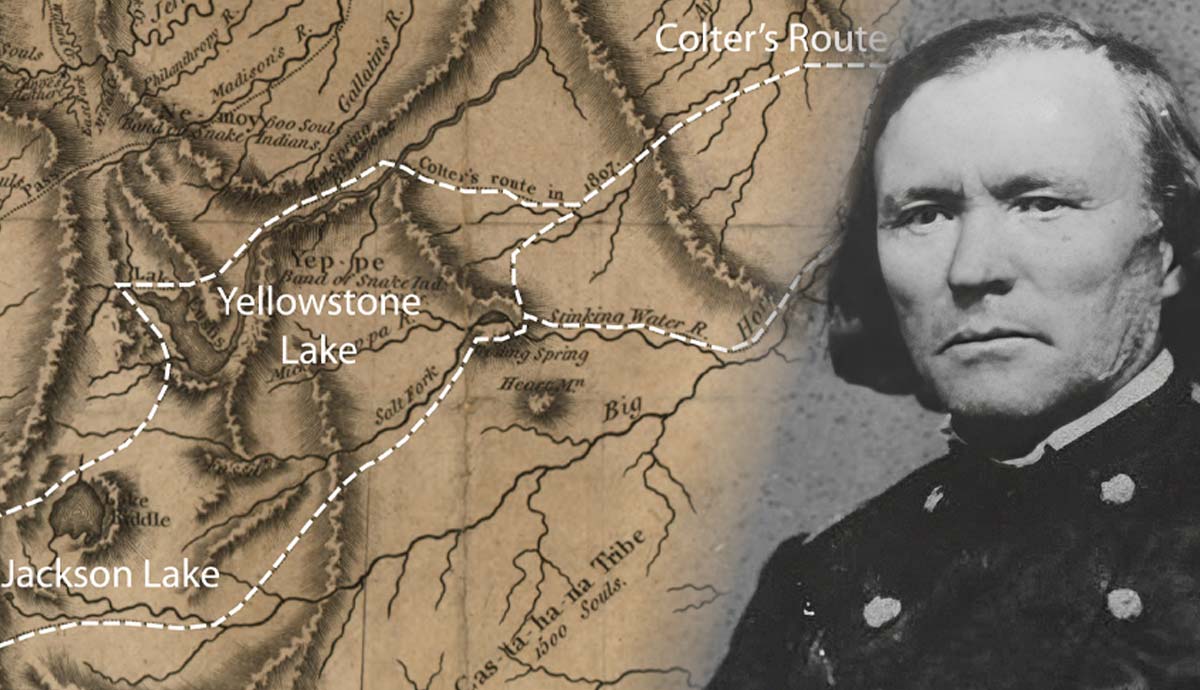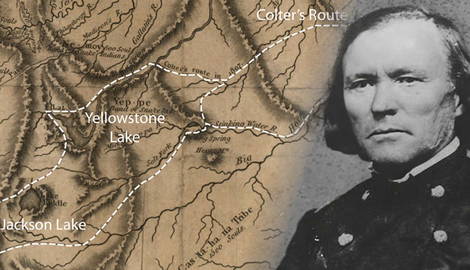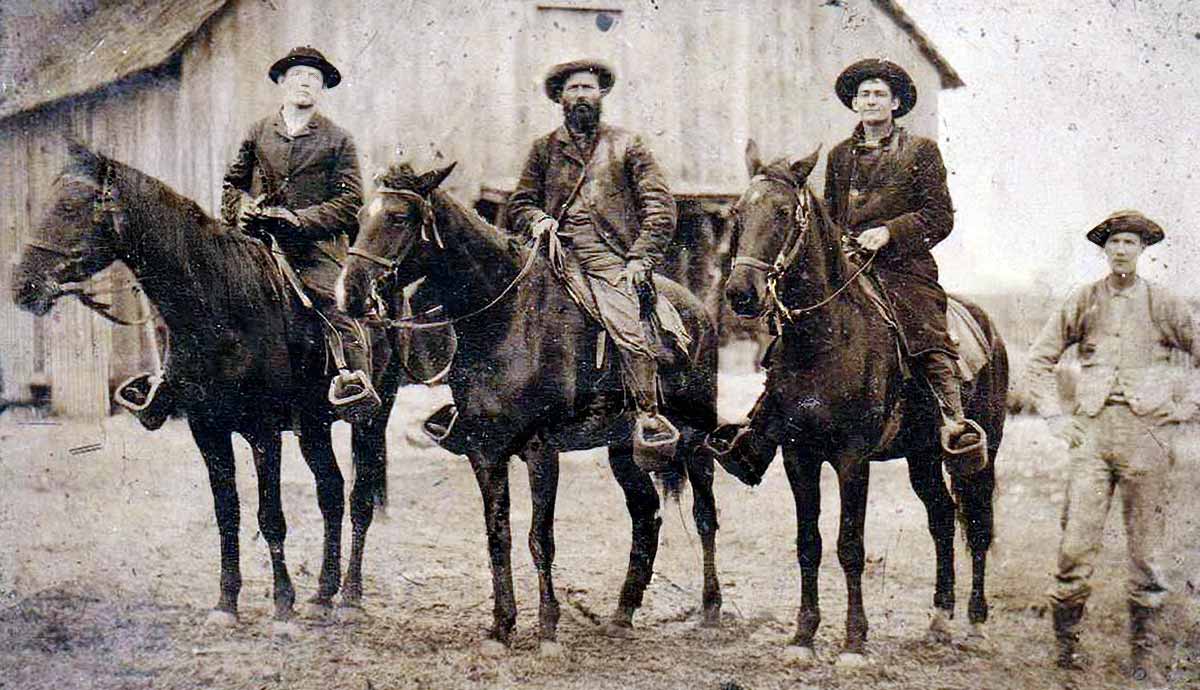
The brutal and unforgiving American frontier created a different kind of man. These explorers, fur trappers, guides, and frontiersmen led the American expansion in the first years of the 1800s. The best became legendary, like John Colter, Kit Carson, and Jim Bridger. Mountain men roamed the wilds alone or in small groups, becoming skilled in survival, exploration, and trading furs with Native American tribes.
What Made the Mountain Men Go into the Wilderness?

With the 1803 Louisiana Purchase from France, the United States’s size almost doubled. With so much unknown territory, the chance to become rich and adventure lured men into the wilderness. The Lewis and Clark expedition’s reports only fueled that desire. Also, the insatiable fur trade demand in Europe and the East Coast drew men West, especially for beaver pelts. Wiped out in Europe, beaver skins were popular as hats and commanded high prices. Other highly sought-after skins included otter, muskrat, and mink.
Who Was the First Famous Mountain Man?

John Colter’s story became among the first known of the mountain men. Born in 1775, he grew up in a then-frontier Kentucky. His story began in 1803 when he enlisted in Lewis and Clark’s Corp of Discovery as a hunter and scout. Colter’s wilderness skills, toughness, and independence quickly gained his boss’s trust. Soon, he scouted alone far ahead of the expedition. Upon the Corp’s 1806 conclusion in St. Louis after an 8,000-mile trip, Colter left with two other trappers. The trio sought beaver pelts in areas like Montana.
Ever restless, Colter traveled hundreds of miles solo during the harsh winter of 1807. He trapped and traded, exploring areas like Wyoming, Nebraska, and Idaho. He became the first non-Native man to view Yellowstone’s geysers, afterward known as “Colter’s Hell.” Yet the traumatic event that happened next cemented his mountain man legend.
What Happened to John Colter?

While trapping in 1808 in Montana, a Blackfeet war party ambushed Colter and killed his companion, John Potts. Like a bit from a movie plot, he was tortured and told to run. Naked and wounded, Colter escaped, even killing a pursuer. He hid in a river log jam and somehow walked hundreds of miles to the nearest fort. In 1810, Colter returned to Missouri, where 1813, he passed from jaundice.
How Did Kit Carson Become a Mountain Man?

Kit Carson’s adventurous life started like many of the mountain men. Upon leaving his Kentucky home at age 17, Carson joined a trading expedition in 1826. He roamed the West as a trapper, guide, and explorer. His navigation skills and reputation became such that in 1842, John Fremont hired Carson to guide his U.S. government expedition. Carson married into two Native American tribes. Carson’s first wife passed away, and the second divorced him. Carson explored, fought alongside, and became friends with the storied Jim Bridger. Carson also became famous in the ever-popular dime novels in usually exaggerated stories.
Why Is Kit Carson Considered Controversial?
Despite his solid reputation as a guide, Civil War officer, and even Indian Agent Carson’s later actions shadowed his legacy. He mediated several disputes with Native tribes and settlers, being able to speak Comanche, Apache, Navajo, Spanish, and more. Carson did fight in several campaigns or actions, such as the Long Walk of the Navajo, where several thousand people died. Kit Carson passed away in 1868 in Taos, New Mexico.
Why Does Jim Bridger Standout as a Mountain Man?

Jim Bridger was born in Virginia on March 17, 1804, and passed on July 17, 1881. During his lifetime, Bridger’s exploits and legacy are only surpassed by Hugh Glass. Filled with the mountain man’s restless energy, Bridger traveled west from Missouri to California. His twenty years of trapping and wandering took him from Canada to Utah. His ability to survive bad weather, plus constant encounters with animals or locals, both white and Native, helped build his reputation. Bridger also spoke decent Spanish, French, Shoshone, Blackfoot, and Flathead.

Bridger is believed to be the first non-Native to see the Great Salt Lake in 1824. He mistook this for the Pacific Ocean. With the decline of the fur trade after 1840, Bridger guided settlers across the mountains. With his picture-perfect memory, he successfully led wagon trains on the Oregon Trail, avoiding pitfalls or potential delays. He married three times, his wives passed away, but they had five children.
He served as a U.S. Army scout in two wars. Bridger’s biggest feats came with establishing Fort Bridger in Utah and locating Bridger’s Pass. The Pass he discovered in 1850 reduced travel time on the Oregon Trail by 61 miles. Jim Bridger died in1881 at his daughter’s Missouri farm due to bad health but left an incredible legacy.










